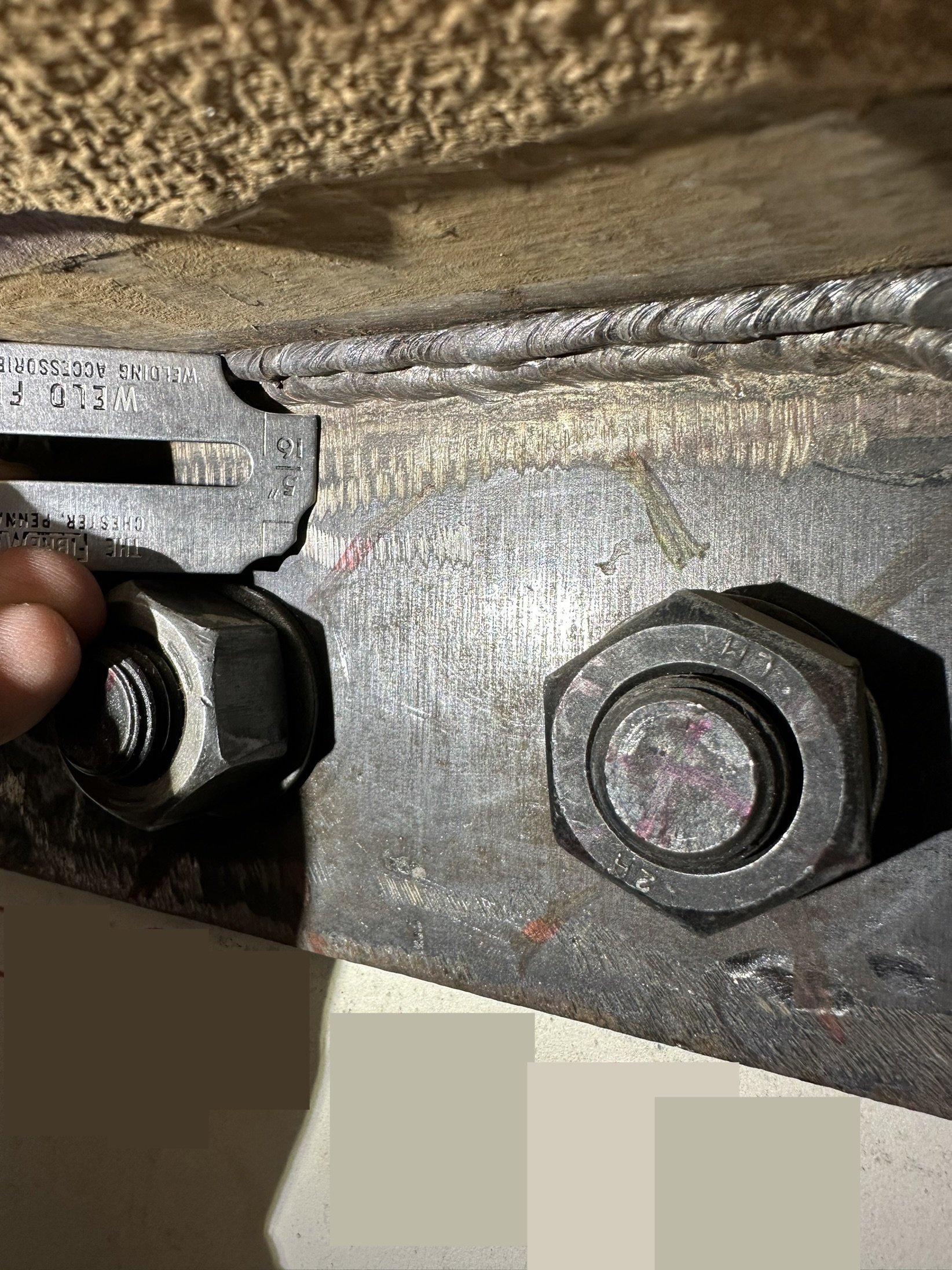Welding Inspection Service: Guaranteeing Compliance and Resilience
Introducing the Diverse Series Of Welding Services and Their Benefits
As industries remain to demand and evolve precision in their manufacturing processes, the value of welding services has ended up being increasingly obvious. From the versatility of arc welding to the performance of MIG welding, and the detailed job achieved with TIG welding to the precision of laser welding, the range of welding techniques readily available is huge. Each approach brings its very own collection of applications and benefits, accommodating a variety of demands across various industries. Understanding these varied welding solutions and their benefits can supply important understandings into enhancing fabrication processes and attaining premium outcomes.
Kinds of Welding Provider
Amongst the numerous kinds of welding services available, each offers distinct advantages and applications in different industries. One common kind is MIG welding, likewise called Gas Steel Arc Welding (GMAW), which utilizes a cable electrode to join metals together. MIG welding is valued for its speed and flexibility, making it appropriate for a large array of products consisting of aluminum, steel, and stainless steel. An additional widely utilized approach is TIG welding, or Gas Tungsten Arc Welding (GTAW), which makes use of a non-consumable tungsten electrode to create a tidy and specific weld. TIG welding is preferred for its capability to generate top notch welds in slim products, making it suitable for industries such as aerospace and automotive.
In addition, there is Stick welding, or Shielded Steel Arc Welding (SMAW), which is understood for its simpleness and efficiency, especially in outside or gusty conditions. There is Flux-Cored Arc Welding (FCAW), which is a functional process ideal for thick materials and can be used in both semi-automatic and automated applications.
Benefits of Arc Welding
Arc welding provides a wide range of benefits that cater to numerous industrial needs and needs. In addition, arc welding is understood for its high welding speeds, which can substantially enhance performance in making processes.
One more key benefit of arc welding is its capability to create solid and long lasting welds. The heat generated during the process assists to develop a metallurgical bond in between the base steels, resulting in welds that have the ability to withstand high levels of stress and anxiety and pressure. Arc welding likewise produces clean and exact welds, decreasing the demand for extra completing job. Generally, the benefits of arc welding make it a valuable tool for numerous markets seeking to accomplish top notch welds successfully.
Benefits of MIG Welding
With an emphasis on efficiency and sturdiness in welding procedures, MIG welding presents an unique collection of benefits that match the flexibility and strength discovered in arc welding. MIG welding, or Gas Metal Arc Welding (GMAW), is understood for its rate and simplicity of usage.
Additionally, MIG welding generates clean welds with marginal splatter, decreasing the requirement for extensive cleaning after the welding procedure. The adaptability of MIG welding enables welding a vast array of products, consisting of aluminum, stainless-steel, and mild steel. This versatility makes MIG welding suitable for numerous sectors, from auto to building.
Furthermore, MIG welding is recognized for its high deposition rates, meaning more product can be transferred in a shorter amount of time contrasted to various other welding procedures. This causes raised efficiency and cost-effectiveness for jobs that require large volumes of welds. On the whole, the advantages of MIG welding make it a beneficial technique for achieving sturdy and effective welds across various applications.

Checking Out TIG Welding Benefits
TIG welding, likewise called Gas Tungsten Arc Welding (GTAW), supplies a distinct set of advantages that deal with precision and control in welding applications. Among the main benefits of TIG welding is its capability to produce top quality, clean welds without the requirement for filler material. This makes it ideal for welding thin materials where aesthetics and accuracy are essential, such as in the aerospace and vehicle markets. Furthermore, TIG welding supplies exceptional control read this post here over the warmth input, causing very little distortion of the work surface.
In addition, TIG welding can be made use of on a variety of steels, including stainless steel, aluminum, copper, and titanium, making it a flexible choice for numerous welding tasks. The process also enables welding in various settings, offering adaptability in difficult welding scenarios. TIG welding creates welds with superior toughness and stability, making it a favored choice for vital applications where weld high quality is critical. In general, the control, adaptability, and accuracy supplied by TIG welding make it an important technique in the welding industry (Welding Inspection Service).
Advantages of Laser Welding

Another benefit of laser welding is its flexibility in dealing with a variety of products, including steels, plastics, and even different materials. This flexibility makes laser welding ideal for diverse markets such as vehicle, aerospace, electronic devices, and medical gadgets. The non-contact nature of laser welding additionally decreases contamination, making it a tidy and eco-friendly welding approach.
In addition, laser welding makes it possible for complicated and intricate weld geometries that may be testing to attain with conventional welding methods. This ability opens new style possibilities and permits the production of lighter and much more cutting-edge components - Welding Inspection Service. Generally, the advantages of laser welding make it a favored option for several manufacturing applications looking for high accuracy and performance
Conclusion

Arc welding supplies solid and sturdy welds, while MIG welding offers efficiency and flexibility. TIG welding makes sure specific and tidy welds, and laser welding provides high precision and rate.
From the versatility of arc welding to the effectiveness of MIG welding, and published here the detailed work completed with TIG welding to the accuracy of laser welding, the variety of welding strategies available is large. One common type is MIG welding, additionally known as Gas Metal Arc Welding (GMAW), which makes use of a wire electrode to join steels Extra resources together. Additionally, arc welding is understood for its high welding rates, which can considerably enhance productivity in manufacturing procedures.With an emphasis on performance and durability in welding procedures, MIG welding provides a distinct collection of benefits that match the adaptability and stamina found in arc welding.TIG welding, additionally understood as Gas Tungsten Arc Welding (GTAW), offers a distinctive set of advantages that cater to precision and control in welding applications.